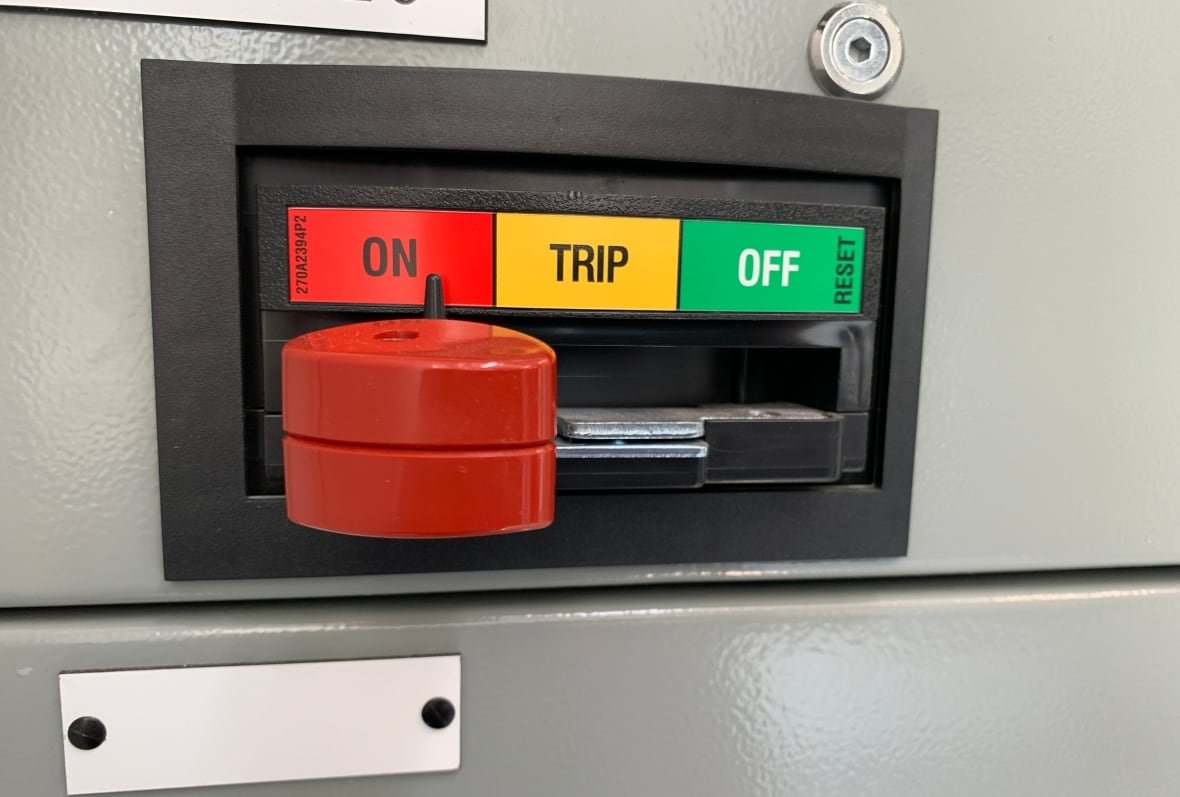The federal government says it’s providing $117 million in funding to address what it describes as a “heightening water crisis” on B.C.’s drought-stricken Sunshine Coast.
The project, led by the shíshálh Nation in partnership with the Sunshine Coast Regional District (SCRD), aims to upgrade the region’s existing water treatment plant. It will also construct two large-scale reservoirs to store water from the Chapman Creek watershed, which supplies municipal water to roughly 76 percent of Sunshine Coast residents.
A statement from the Ministry of Housing, Infrastructure and Communities says the new reservoirs will provide a more reliable and sustainable water supply during periods of drought.
According to the shíshálh Nation, the water at the reservoirs will be collected during rainy winter months and stored for use in the drier summer and fall.
“Through this project we are planning for future generations in innovative and thoughtful ways,” said shíshálh Nation Chief Lenora Joe in a statement Thursday. “Our ancestors taught us to use resources in sustainable and caring ways and we will do just that.”
Longstanding drought impacts
The Sunshine Coast has experienced significant water shortages in recent years, often forcing it to implement severe water restrictions. In 2022 and 2023, the region was at a Level 5 drought rating — the province’s highest classification, meaning ecosystem damage and economic disruption are “almost certain.”
Alton Toth, board chair of the SCRD, says the Sunshine Coast has been grappling with the effects of climate change for decades.
Drought-stricken residents of B.C.’s Sunshine Coast are taking extreme conservation measures before another summer that could involve severe water restrictions. It’s all leading to stress and a sense of doom among some residents.
“We’re seeing decreased summer rains. We’re seeing less ability to rely on our watershed to supply all the water we need,” Toth told CBC News.
While 2024 brought a reprieve — with the region staying at a Level 2 drought rating for the first time in over a decade, thanks to cooler, wetter conditions — Toth says the Sunshine Coast cannot depend on favourable weather.

To combat dry summers, the board chair says the SCRD has taken several measures, including a $9-million pumping station near Gibsons, B.C., now fully operational. Known as the Church Road Well Field project, the facility can add up to five million litres of water per day to the Chapman Water System during dry months.
The region is also installing water metres to encourage conservation and improve leak detection. Homes that have water metres installed will be charged for how much water they use.
Money for the water reservoirs will flow through the federal government’s disaster mitigation and adaptation fund, which supports infrastructure projects designed to combat climate-related challenges.
CBC News has reached out to the shíshálh Nation for further details on the project.

